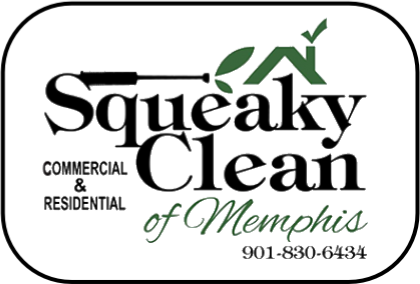In Richmond Colony, curb appeal starts at the driveway. Between shaded oaks, sprinkler overspray, and everyday traffic, concrete can pick up black algae, orange rust, and dark oil spots that outlast a garden-hose rinse. The goal is a uniform clean that looks good from the street without harming landscaping, mortar, or adjacent pavers. Here’s the surface-smart approach local homeowners rely on.
Assess stains before you touch the trigger
Not all stains behave the same. Oil responds to a degreaser and dwell time. Rust from irrigation or metal furniture often needs a targeted remover. Organic growth—those dark or greenish patches—benefits from the right detergent mix. Walk the slab, note hot spots, and mark edges where concrete meets grass or paver borders so you can adjust technique and protect joints.
Pre-treat, then clean for consistency
Start with a thorough pre-wet of nearby beds and turf. Apply the appropriate cleaner to stained areas first, letting it dwell according to the label. For the main clean, a surface cleaner creates overlapping, even passes that prevent striping and swirl marks common with a wand alone. Keep pressure within safe PSI ranges for residential concrete and maintain steady walking speed so the finish dries uniformly.
Edges, joints, and paver transitions
The most noticeable flaws show up along edges and seams. Switch to a controlled wand at borders to avoid digging into expansion joints. Where your driveway meets pavers, reduce force and lift away from sanded joints to prevent displacement. If joints are low, plan to re-sand after the wash and consider a quality sealer to lock in the refreshed look.
Rinse management that respects your yard
Clean water paths make the difference between “fresh” and “streaky.” Rinse from house to street, guiding water toward drains—not onto beds or back toward the garage. Use curb socks or diversion pads where needed so runoff doesn’t carry residue into mulch or stain the gutter line. Finish with a quick curb-to-porch visual check in natural light.
Tackling stubborn spots the right way
Some rust blooms or old oil wicks back as the surface dries. Spot-treat again with the correct chemistry rather than cranking up the force. For leaf tannin shadows, a light application and gentle agitation typically clears what the first pass missed. The rule in Richmond Colony: chemistry first, measured pressure second.
Safety and plant protection
Protect shrubs and seasonal color with light poly where overspray is likely. Pre-wet, apply, then neutralize where appropriate before the final rinse. Keep tips away from exposed wood, door thresholds, and aging fixtures. A small test patch on any older slab confirms that your plan won’t lift paste or reveal etch.
When to schedule for best results
Spring clears winter film before pollen peaks; fall resets the surface before cooler, damp weeks. If you’ve received an HOA reminder, pair the driveway service with gutter brightening and a quick front walk clean so your home reads “fully refreshed” from the street in one visit.
What a professional visit includes
Expect a clear scope, stain-specific pre-treatments, a surface cleaner for even passes, careful edging, and tidy cleanup. The walkthrough should check for lingering oil, rust halos, or splash marks on the curb before the truck pulls away.
Want a driveway that looks new again?
Book Squeaky Clean of Memphis for expert pressure washing that delivers even, long-lasting results without risking your landscaping. Keep the momentum with our next neighborhood guide: Westhaven Patios & Pavers: Pressure Washing + Seal Options.
